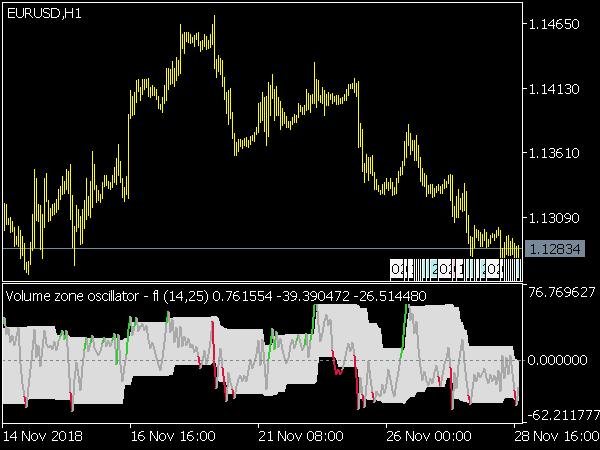


Sign likewise, the Rate of Change indicator confirmed price action and made To Low #2: the stock price of the QQQQ's made higher lows, generally a bullish Rate of Change as a Confirmation ToolĪn example of the ROC indicator confirming price action occurred from Low #1 The Rate of Change indicator can be used to confirm price moves or detectĭivergences and can be used as a guide for determining overbought and oversoldĬonditions. Numerous Uses of the Rate of Change Indicator Increase in the price of the QQQQ's over the 14-day period highlighted in theĬhart. 0467Īnd then it was multiplied by 100 to get 4.67. The closing price on Day #14 was divided by the closing priceġ4-days ago on Day #1 which netted 1.0467. The right side of the chart of the QQQQ's shows how the Rate of Change isĬalculated. AĬhart of the Nasdaq 100 ETF (QQQQ) is shown below with the 14-day Rate of Change Generally, the Rate of Change is calculated based on 14-periods for input n, but of course can be modified to any trader preferred period. Theįormula for Rate of Change is expressed below: Indicator can be used to confirm price moves or detect divergences it can alsoīe used as a guide for determining overbought and oversold conditions. The Rate of Change (ROC) indicator measures the percentage change of theĬurrent price as compared to the price a certain number of periods ago.

You can find the speed of price change as a difference between current closing price and the closing price n periods ago.

In general, the state of utmost overbought/oversold usually assumes an extension of the current trend. The market that seems to be outbidden can remain so for some time. However, like in the case of using all other overbought/oversold indicators, you should not hurry to open a position until the market changes its direction (turns up or down). The higher ROC is, the more probable the rise. A 12-day ROC is a perfect short-term and medium-term indicator of overbought/oversold. The more the price change is, the more ROC changes.ġ2- and 25-day ROC are most widely spread. ROC grows if prices grow and drops along with them. Price Rate of Change (ROC) reflects this ondulatory movement like an oscillator, measuring the difference in prices in a certain period. This cyclic movement is a result of change in investors' expectations and the price control fight between bulls and bears. As you know, prices drop and grow in ondulatory way, in cycles.


 0 kommentar(er)
0 kommentar(er)
